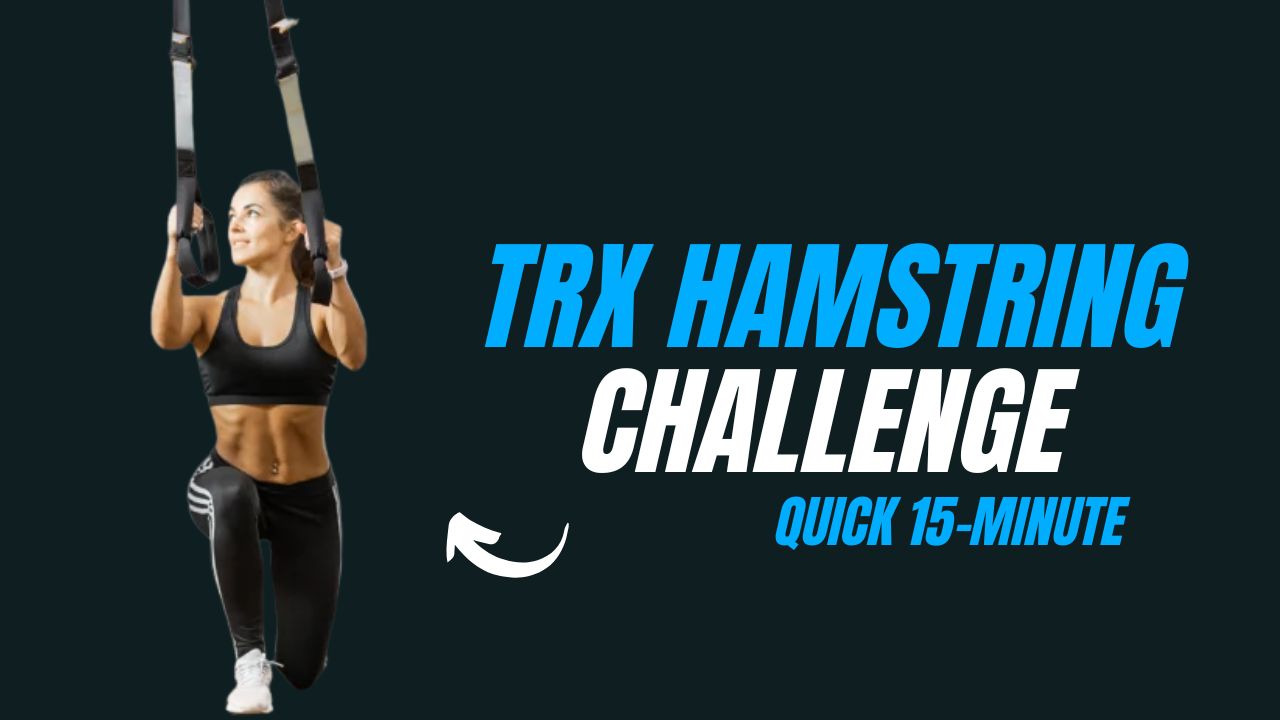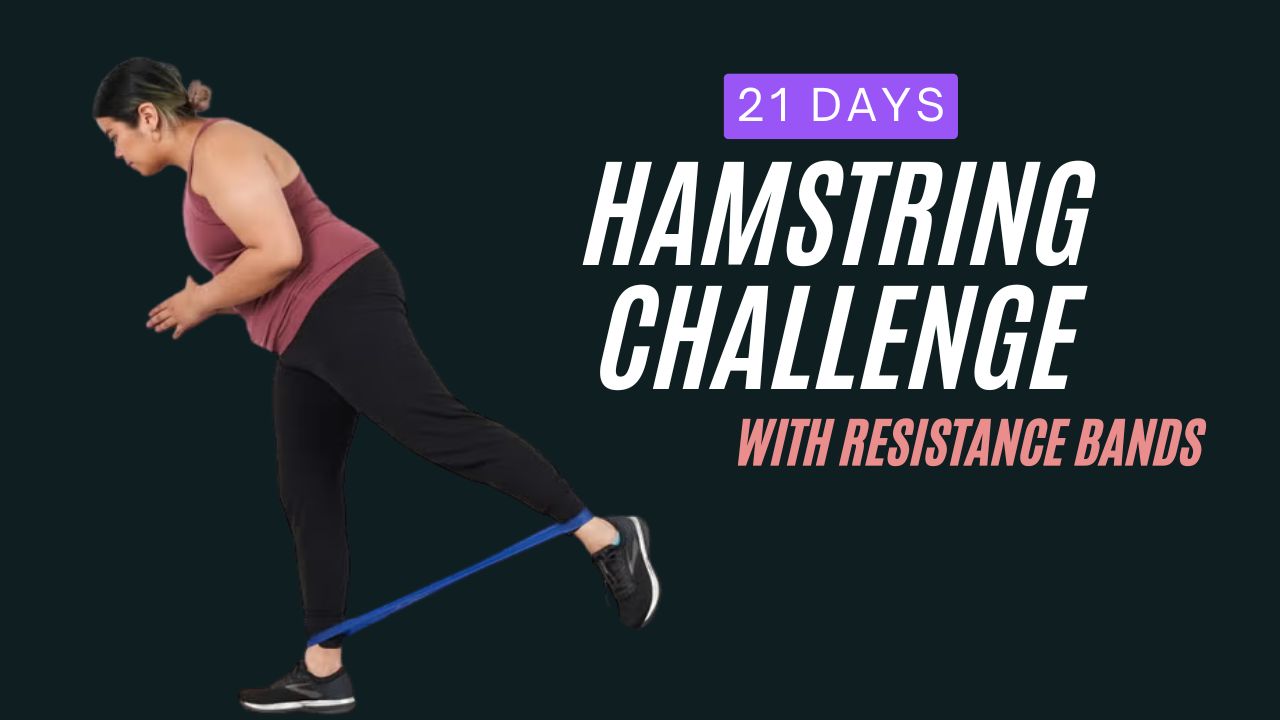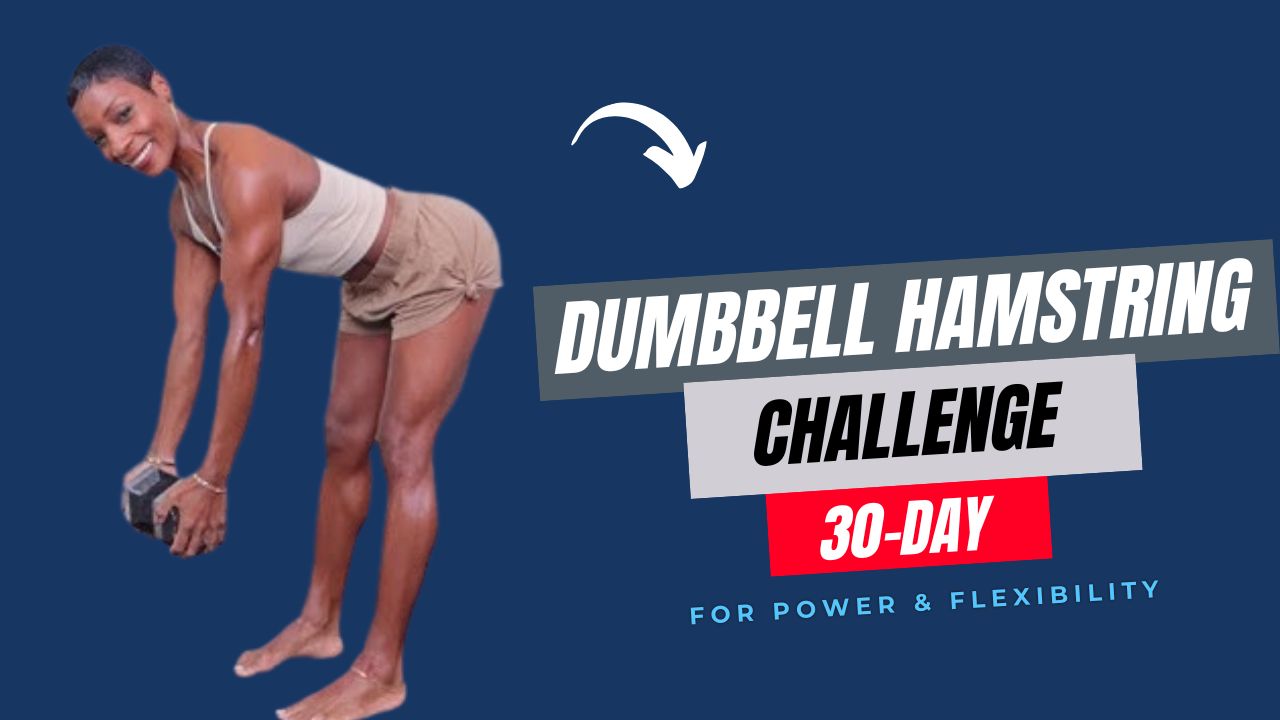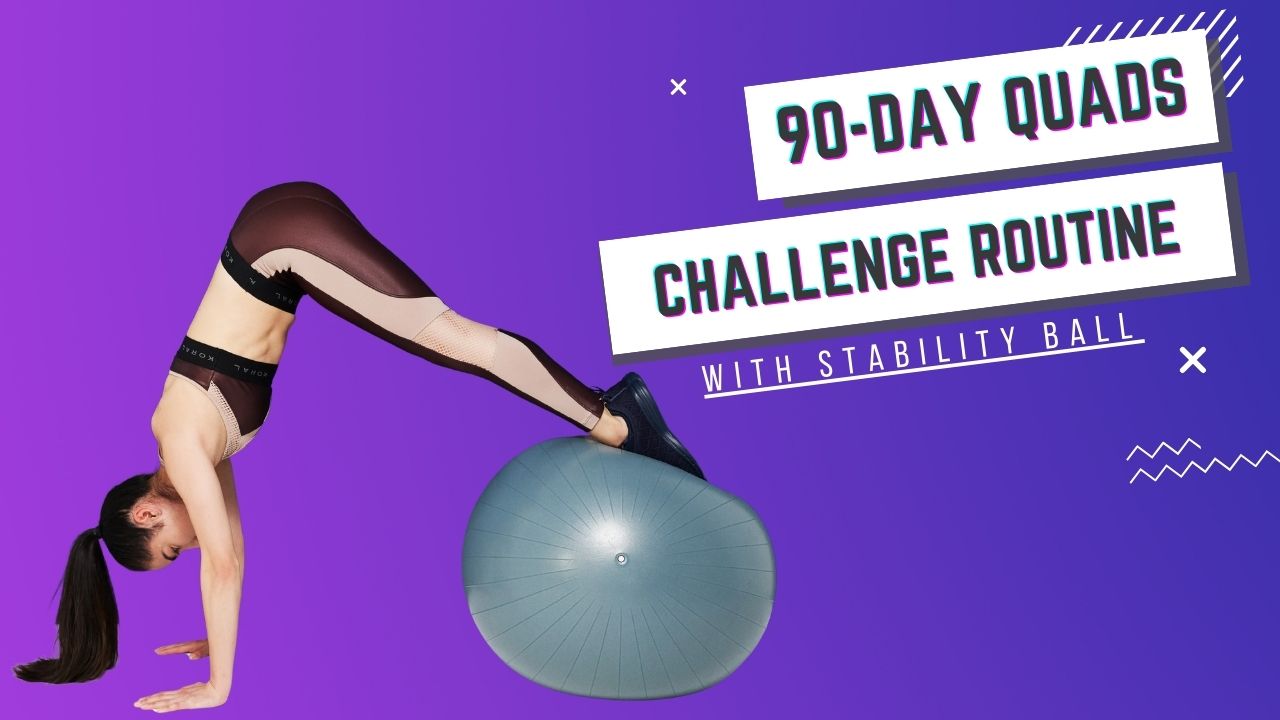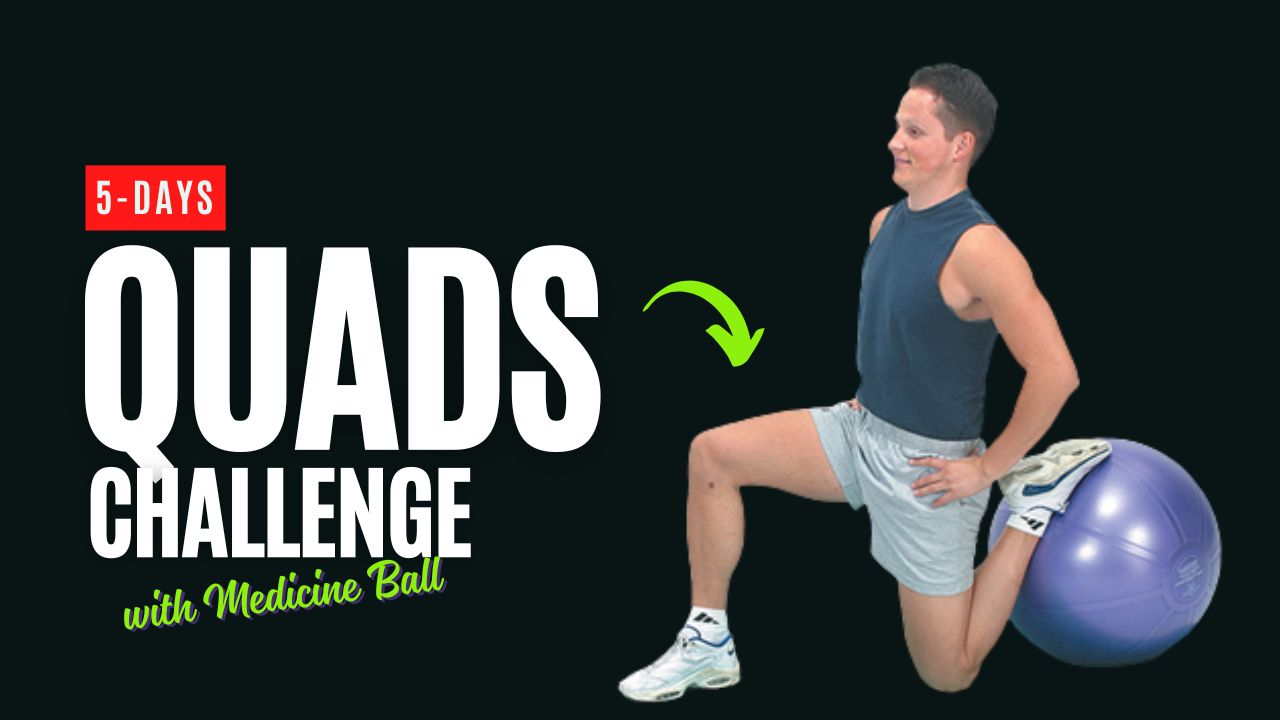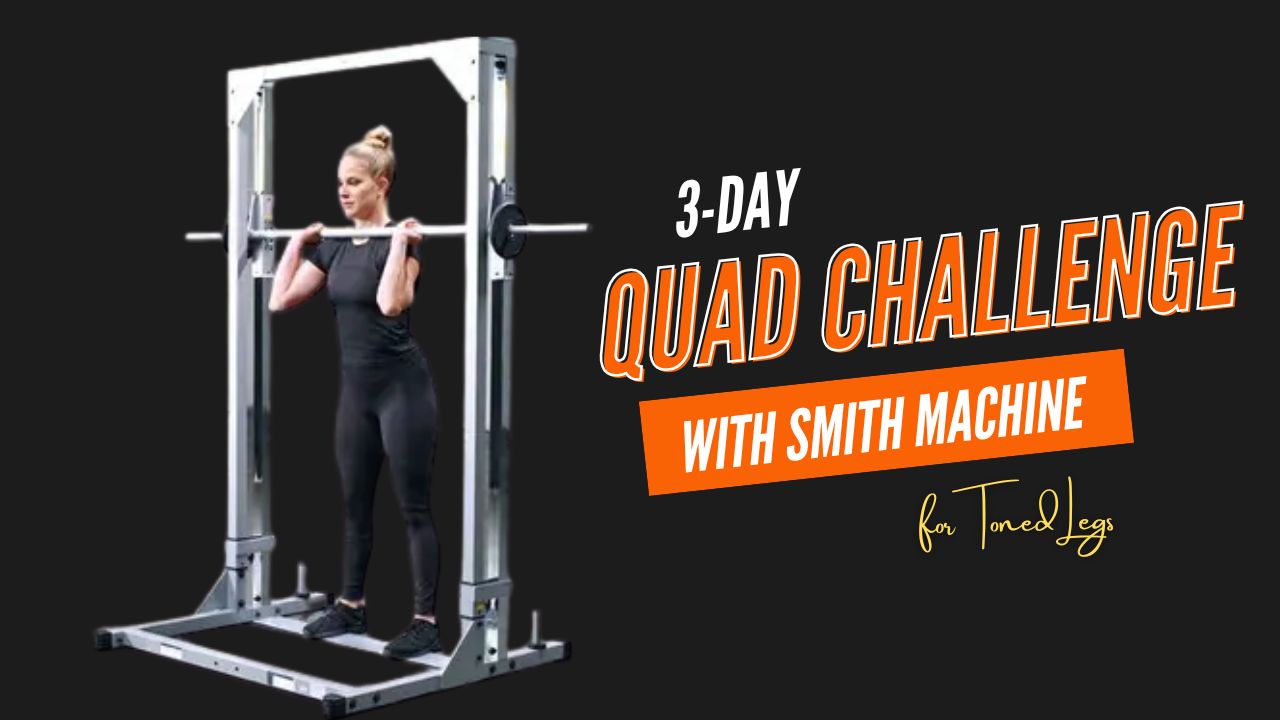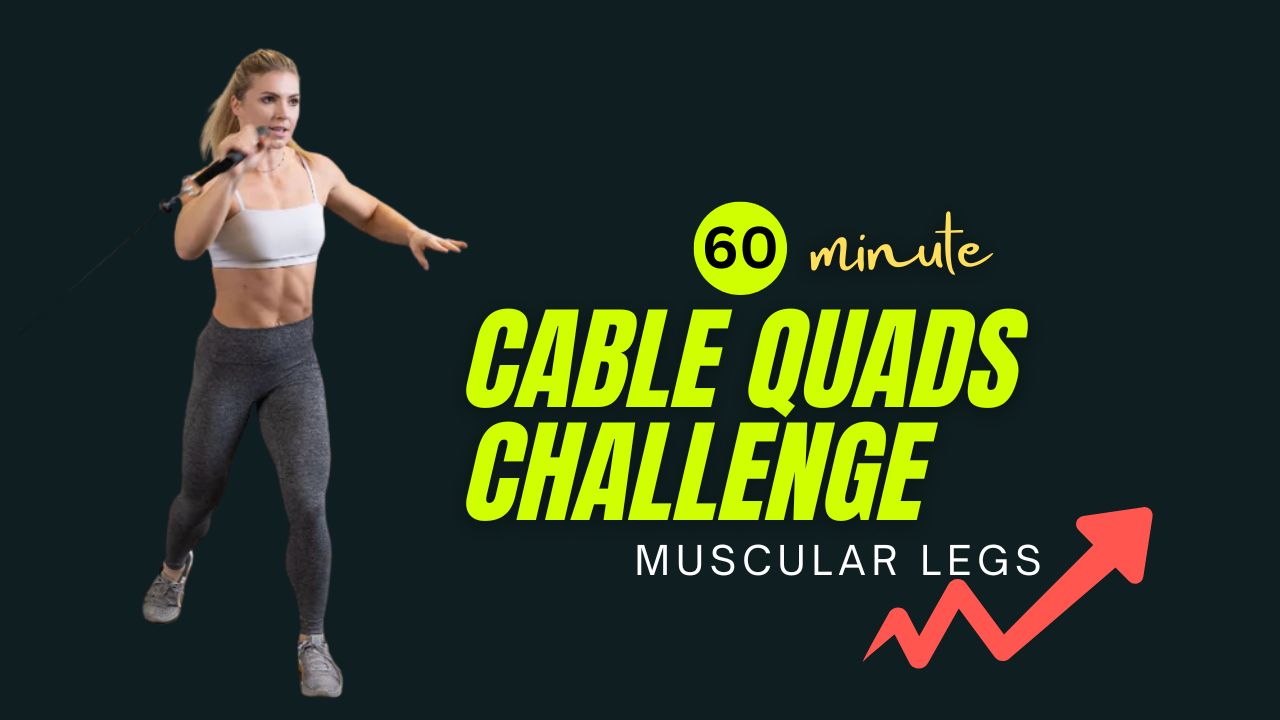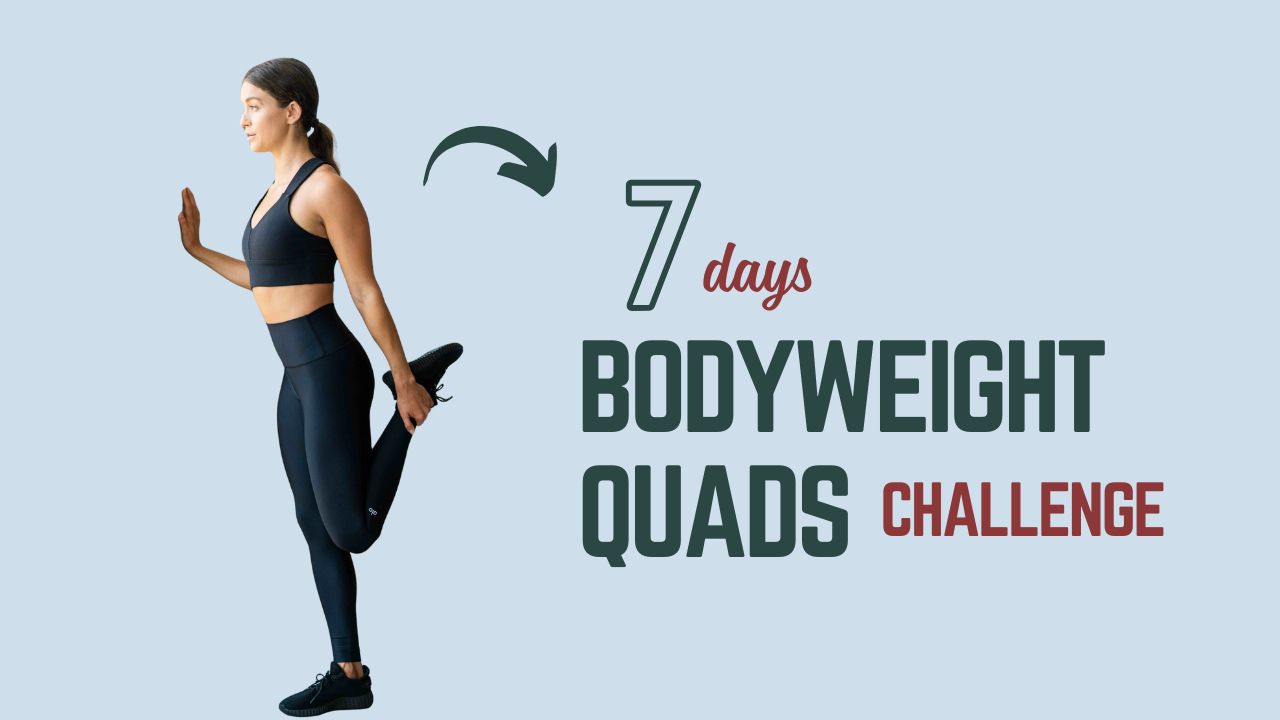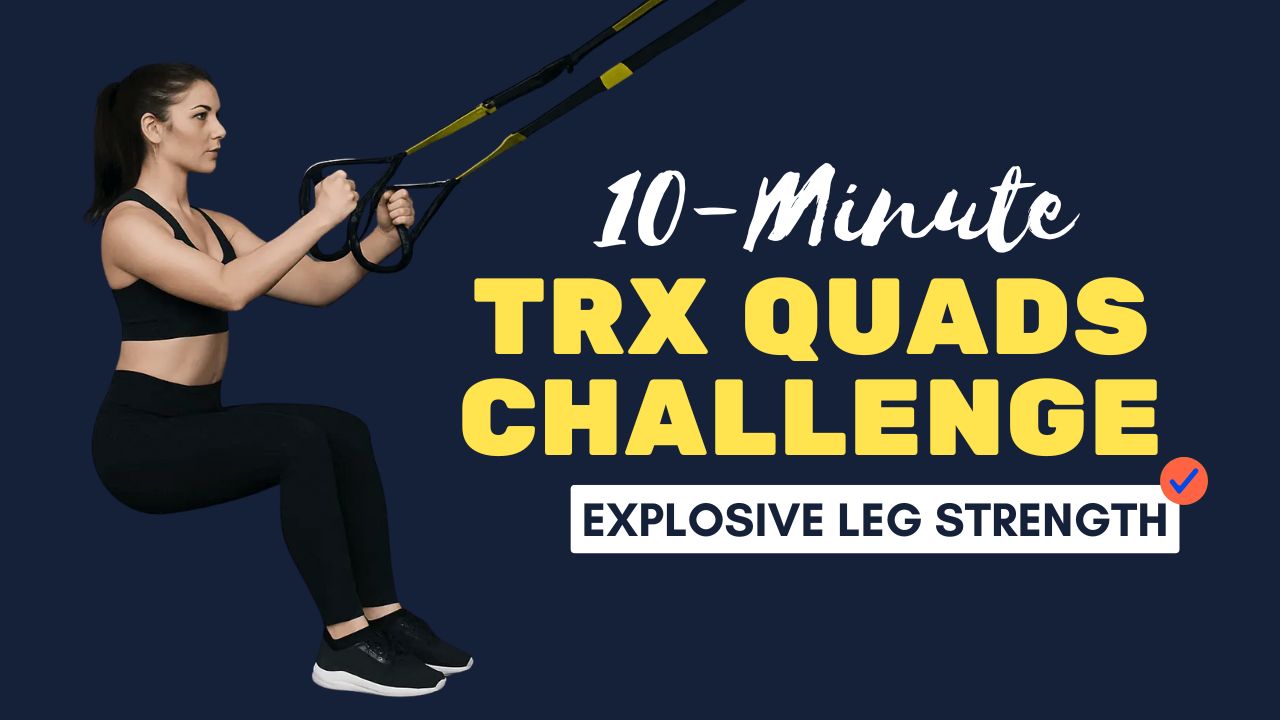Do you think shoulder strength is just about pressing heavy dumbbells overhead? Think again.
Resistance bands can unlock shoulder power, stability, and definition without the bulk of weights or a gym.
Whether you want to sculpt rounded deltoids or bulletproof your shoulders against injuries, these 15 resistance band moves deliver big results — right from your living room.
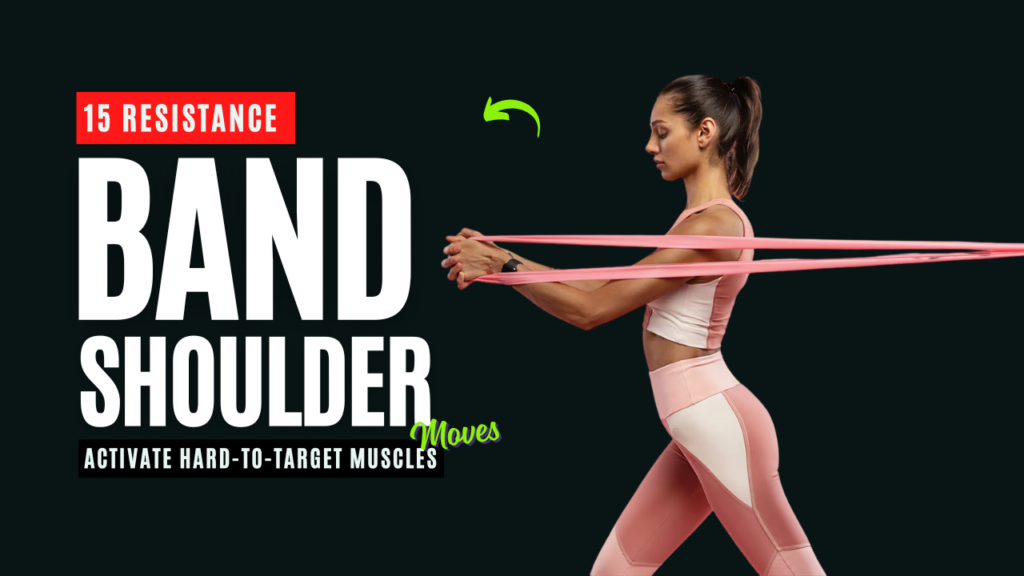
Let’s dive into each exercise, step-by-step:
Table of Contents
What Can Happen After 30 Days of Resistance Band Back Workouts
| Positive Changes | What to Watch Out For |
|---|---|
| Noticeably better posture – you’ll stand taller | Muscle soreness if you skip rest days |
| Stronger, more defined upper and mid-back muscles | Overuse injuries if you don’t vary exercises |
| Improved shoulder stability and mobility | Bad form creeping in as you fatigue |
| Enhanced mind-muscle connection with your back | Ignoring pain signals and risking strain |
| Easier daily movements (lifting, carrying, sitting straighter) | Possible plateau if you don’t adjust resistance or reps |
| Increased confidence from visible strength gains | Developing imbalances if you neglect other muscle groups |
Dos & Don’ts for Resistance Band Back Workouts
| Dos | Don’ts |
|---|---|
| Warm up before starting your workout | Skip your warm-up |
| Keep your core tight and back straight | Arch or round your lower back |
| Move with slow, controlled reps | Use fast, jerky movements |
| Focus on squeezing your shoulder blades together | Let your shoulders shrug up |
| Check bands for damage before each workout | Use torn or worn-out bands |
| Progress gradually by adding resistance or reps | Jump to heavy bands before mastering form |
| Anchor your band securely for stability | Use unstable or flimsy anchor points |
| Breathe steadily – exhale on pulling movements | Hold your breath during exercises |
| Rest 48 hours between back sessions | Train the same muscles every day |
| Listen to your body and stop if you feel sharp pain | Push through pain hoping it’ll “go away” |
15 Best Resistance Band Shoulder Moves
1. Band Overhead Press
How to do it:
- Stand in the middle of the band, feet shoulder-width.
- Grip the ends of the band with palms facing forward at shoulder height.
- Press your hands overhead until your arms are fully extended.
- Lower slowly.
Why it works: Builds strength in the entire shoulder, especially the front deltoids.
2. Band Lateral Raises
How to do it:
- Stand on the band, feet hip-width apart.
- Hold the handles by your sides.
- Raise arms to the sides until they reach shoulder height.
- Lower with control.
Interesting fact: Strong side delts give your shoulders a wider, more defined look.
3. Band Front Raises
How to do it:
- Stand on the band, hold the ends in front of your thighs.
- Raise your arms straight forward to shoulder height.
- Lower slowly.
Why it matters: Targets the front delts for improved pressing strength.
4. Band Reverse Fly
How to do it:
- Attach the band to a fixed point or hold it with both hands in front of you.
- Hinge slightly forward at the hips.
- Pull arms apart in a reverse fly motion until hands are in line with your shoulders.
- Return to start.
Did you know? Weak rear delts contribute to poor posture and shoulder injuries.
5. Band Face Pulls
How to do it:
- Anchor the band at upper chest height.
- Grip the band with both hands.
- Pull towards your face, elbows high, squeezing shoulder blades.
Why it’s great: Strengthens the rotator cuff and upper traps, key for healthy shoulders.
6. Band Upright Rows
How to do it:
- Stand on the band, hold the ends with palms facing you.
- Pull hands up towards your chin, elbows flaring outward.
- Lower with control.
Myth buster: Upright rows done with resistance bands are safer for the shoulder joints than heavy barbells.
7. Band Arnold Press
How to do it:
- Stand on the band, hold ends in front of your chest, palms facing you.
- Rotate palms outward while pressing overhead.
- Reverse the motion to return.
What’s special: Works all three heads of the deltoid with a single move.
8. Band Cuban Press
How to do it:
- Stand on the band with hands at your thighs, elbows bent.
- Rotate forearms outward until hands are in line with shoulders.
- Press overhead.
Why it’s effective: Excellent for rotator cuff stability and shoulder mobility.
9. Band Shoulder External Rotation
How to do it:
- Attach the band to a fixed point at waist height.
- Hold the band with your elbow bent 90° against your side.
- Rotate the forearm outward, keeping the elbow pinned.
Important: Essential rehab/prehab move for shoulder health.
10. Band Shoulder Internal Rotation
How to do it:
- Same setup as external rotation, but stand so you pull the band across your body.
- Rotate the forearm inward, keeping the elbow close to the torso.
Why you need it: Balances shoulder strength and prevents injuries.
11. Band Standing Y-Raise
How to do it:
- Stand on band, grip handles in front of thighs.
- Raise arms diagonally overhead, forming a “Y.”
- Lower with control.
Fun fact: Activates both shoulders and upper traps for powerful posture.
12. Band High Pull
How to do it:
- Stand on a band, hands shoulder-width apart.
- Pull hands to chest level, elbows high.
- Lower slowly.
What it trains: Builds explosive strength and upper back stability.
13. Band Around the World
How to do it:
- Hold band ends, arms extended in front at chest height.
- Keeping arms straight, move them overhead and behind your body in an arc.
- Reverse direction.
Did you know? Great for shoulder mobility and opening up tight chest muscles.
14. Band Scaption Raise
How to do it:
- Stand on band, grip ends by sides.
- Raise arms at a 45° angle between front and side (scaption plane).
- Lower slowly.
Why it helps: Strengthens the rotator cuff in a functional range of motion.
15. Band Pull-Apart
How to do it:
- Hold the band at shoulder height with both hands.
- Pull hands apart until the band touches the chest.
- Return to start.
Why it’s awesome: Simple but powerful for rear delts and posture correction.
Final Thoughts
Shoulder training with resistance bands isn’t just a lightweight alternative — it’s a smarter way to build functional, injury-resistant strength while sculpting round, powerful deltoids.
Incorporate these 15 big moves into your routine, and watch your shoulder stability, strength, and aesthetics reach a whole new level.
Frequently Asked Questions (FAQs)
Can resistance band exercises really build back muscle?
Yes! When used correctly, resistance bands can effectively build and tone back muscles by providing consistent tension. They recruit stabilizer muscles, making exercises even more challenging than some free-weight variations.
How many times per week should I train my back with bands?
Aim for 2–3 times per week, allowing at least one rest day between back workouts for recovery and muscle growth.
What’s the best band resistance level for back exercises?
Start with a medium band if you’re a beginner. If you can do 15 reps easily, move to a thicker band for added challenge.
Can resistance band back workouts improve posture?
Definitely! Exercises like rows, reverse flys, and face pulls strengthen mid and upper-back muscles, helping pull your shoulders back and reduce slouching.
Do I need an anchor point for all these exercises?
No. Some exercises can be done by standing or sitting on the band, but moves like lat pulldowns or face pulls require a door anchor or something sturdy to loop the band over.
Are resistance bands safe for seniors or beginners?
Yes! Bands are low-impact, joint-friendly, and perfect for all ages. Seniors and beginners should start with light bands, focus on slow movements, and consult a healthcare professional if they have pre-existing conditions.
How long should a resistance band back workout last?
A complete back routine with these 10 exercises can take 25–40 minutes, depending on sets, reps, and rest periods.
Can these exercises help relieve back pain?
They can — when done with good form — by strengthening muscles that support the spine and improving posture. However, if you have chronic or severe back pain, consult a doctor or physical therapist before starting.
Will I see results in 30 days?
You may notice better posture, increased strength, and slight improvements in muscle tone. Visible definition can take longer and depends on consistency, diet, and overall activity.
Do I need any other equipment besides a resistance band?
No extra equipment is needed beyond your bands and, for some exercises, a door anchor. A yoga mat can add comfort if you’re kneeling or lying on the floor.
